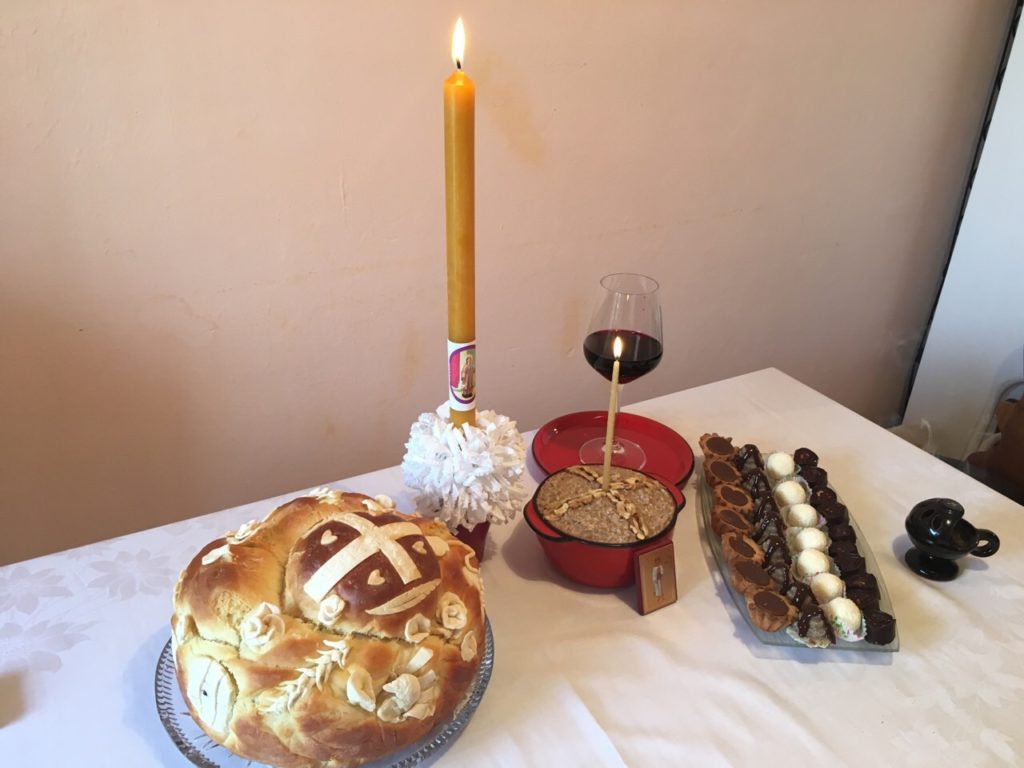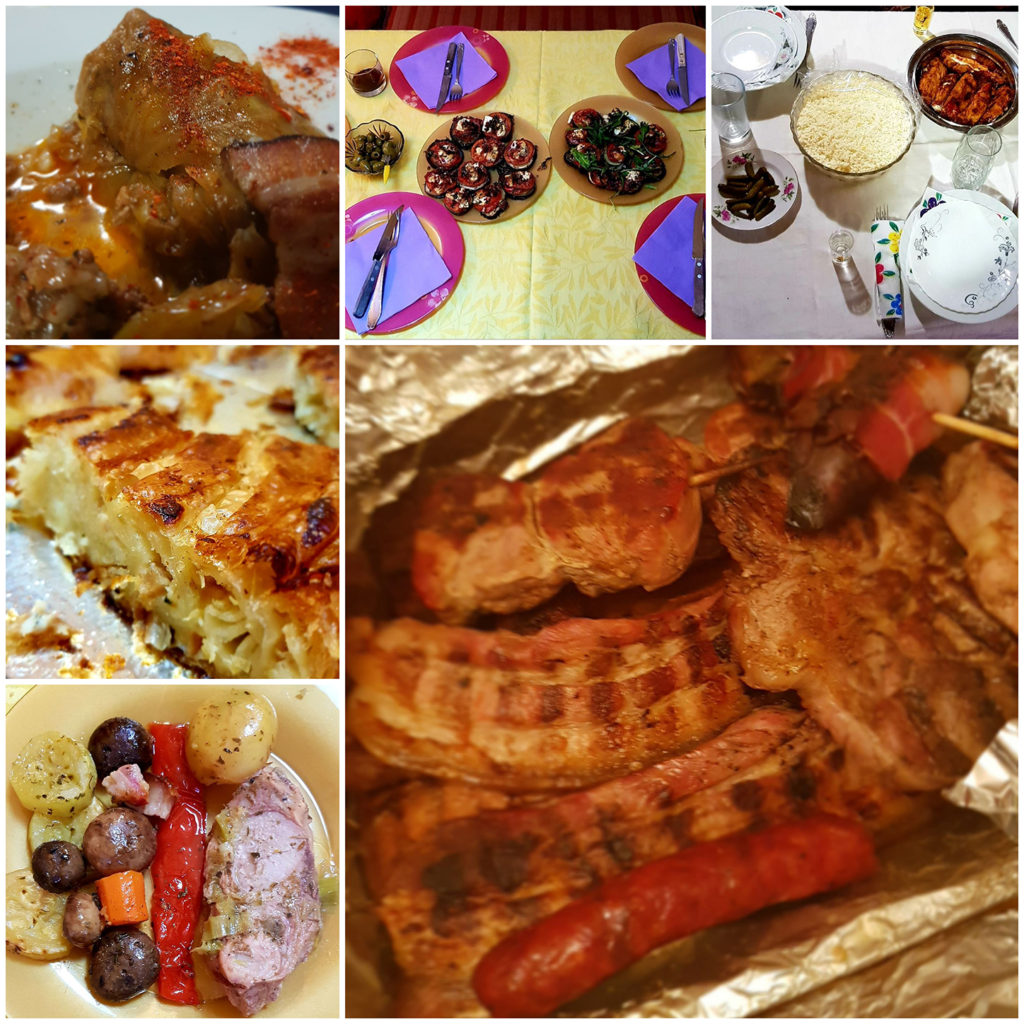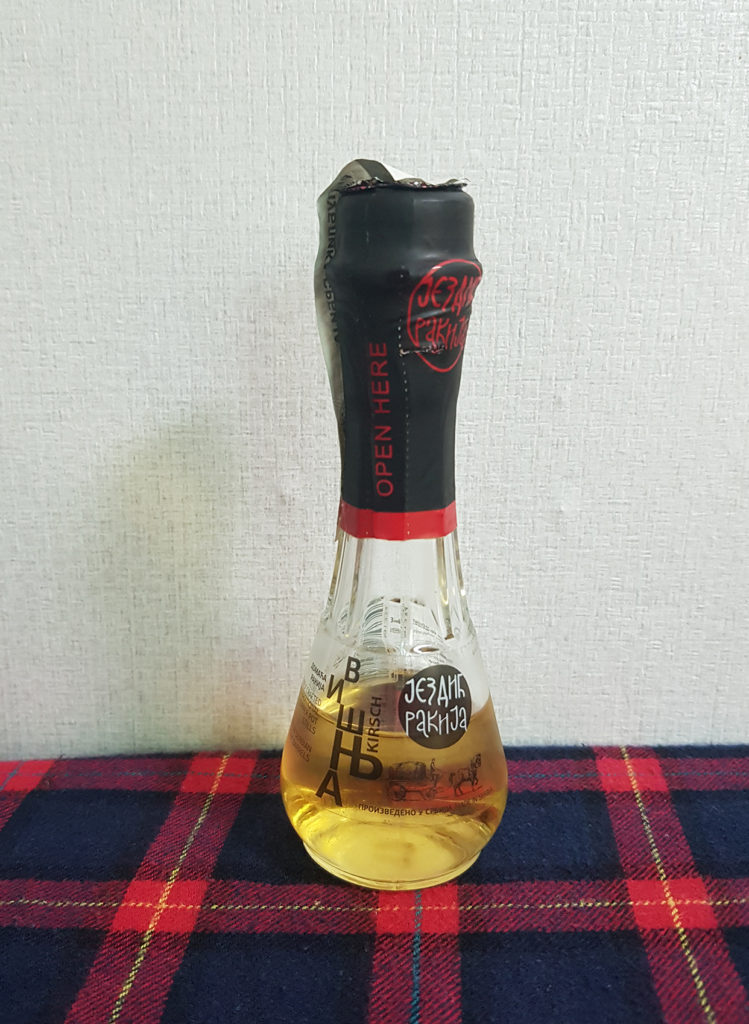Celebrating Slava
The Serbian Patron Saint Day
Written by Jana Milosavljevic.
Serbia is traditionally a country of Orthodox Christians, with around 85 percent of the population declaring themselves as such. Churches in Alexandria, Bulgaria, Jerusalem, Antioch, Russia, Georgia, Romania, and the Ecumenical Church of Constantinople follow the same Orthodox ways; however, the custom of Slava is unique and only present in the Serbian Orthodox Church. So, to begin with, what is Slava, actually? By tradition, every family has a patron saint that they especially respect and celebrate, and in return, the saint is believed to protect the family and grant them good health throughout the year. The custom of Slava is passed through generations from father to son, and after a daughter is married into a new family, she accepts the Slava of the husband’s family.
Looking way back in history, many believed that the tradition of celebrating Slava first started when the Serbian people were still pagans. The cult of ancestors and familial legacies were considered the holiest things among the old Slav people, among which were the Serbs. Each family had a protector among the many pagan deities whom they especially respected and celebrated. When the Serbian people were Christianized in the 9th century A.D., in order for the transition to be smoother, the missionaries encouraged families to transfer the role of their protector from a pagan deity to a Christian saint, which ultimately remains as the custom that is celebrated to this very day.
Now, let us have a look at how Slava is celebrated. Once a year, on the day of their saint (according to the official church calendar), the family gathers and celebrates with lots of food, drinks, relatives, and friends. The guest list usually gets quite long and the feasting can sometimes even last up to three days, but even if a family decides to keep it simple and not prepare a lavish feast (one can guess that this might be the case this year due to the COVID-19 pandemic), there are certain traditions that must be kept on this special day.
Fun Fact: On the day of their Slava, employed people usually take a day off from work, and children are allowed to miss school.
The symbols of Slava are slavski kolač, žito, red wine, and a ceremonial candle. These four elements are the essentials of any Slava. Slavski kolač translated from Serbian actually means “Slava’s cake,” but it is actually not a cake – it is a special type of ceremonial bread. The recipe for the bread differs from region to region, but the important thing is that this bread is baked at home on the evening before the day of the Slava. Of course, in modern times when most families are too busy to prepare their own bread, there are alternatives on offer in the bakeries. Nevertheless, many people still make the effort to bake their own special bread for this special day. Žito, boiled wheat with honey and walnuts, is also prepared before the Slava day and is an essential dish for the celebration, as it signifies the resurrection of Jesus Christ and ancestors.

On the morning of the Slava, the immediate family gathers, and while some families go to church to bless the bread, others prefer to do it at home. Once the bread is blessed, it is cut, the family prays to the saint together (usually a couple of words are said by the eldest member of the family), everyone drinks a sip of red wine, which symbolizes the blood of Jesus, and then they all take a tiny bite of the slavski kolač, which represents the body of Jesus. They also take a spoonful of žito and light the ceremonial candle that has a small sticker-like image of the saint glued to it. Once the candle is lit, it must be kept burning throughout the entire day until midnight. After this small ceremony, which is reserved only for the family members, is completed, the bread, wine, wheat, and candle are all placed as centerpieces on the table that is then to be filled with delicacies prepared for the Slava guests.
Although the core meaning of Slava focuses on family bonds and remembering ancestors, the celebration grows outside of this circle. The spirit of one family’s Slava is shared by spreading love, positivity, and hospitality through feasting; Slava is all about celebrating the joy of life and the sharing of good spirits. Therefore, when it is Slava time in a household, as mentioned above, it can get a bit crowded because, basically, anyone is invited: a colleague from work, a friend of a friend, or even a casual traveler who accidentally finds themselves in the house. The latter is no joke: I have had backpackers that were traveling through Serbia whom I met the day before in my house on my Slava. Also, one important thing to know is that the custom is to be invited to Slava officially only once. If you have been to a Slava celebration at a Serbian house once, every following year you are welcome without an invitation.

So, if you happen to find yourself in a Serbian household on their Slava, what should you expect? Upon arriving at the house, each guest is first offered to try the žito, ceremonial bread, and wine. These should not be refused, and one should say “My host, I wish you a happy Slava!” and in this way observe Slava at that moment. It is customary, though not absolutely necessary, to bring small gifts for the host family: a bouquet of flowers or coffee for the lady of the house, a bottle of wine for the men, and a chocolate or any other sweet treat for the children, which you can present upon entering and recognizing the Slava.
After this, you will be seated at the table where you will socialize with other guests and enjoy the abundance of food starting with different cold appetizers, such as dried meat, cheese, cornbread, and such, followed by a warm appetizer usually in the form of a soup. The main dish will often be meat of some sort, as Serbian people love to eat meat, accompanied by many other traditional dishes, among which the most popular, especially in winter, is sarma (sour cabbage rolls filled with minced meat and rice). However, there are exceptions in the menu if Slava happens to be on a day when, according to the church calendar, people should be fasting.
On such days, Slava dishes are prepared without any meat or dairy products, and the main dish is replaced with fish, while the side dishes are all vegetable-based. In both cases, though, the desert is what completes the feast. Some households prepare an actual cake as a desert, while it is custom in most cases to prepare several types of bitesize, cake-like desserts so that the guests can try as many different tastes as they can handle.
Truly last, but definitely not least, no feast in Serbia is complete without the presence of the traditional alcohol – rakija. If you are trying rakija for the first time, be very careful; it is very strong! It is a brandy-like, clear-as-water kind of drink, made by distilling fermented fruits with a percentage of alcohol that can range from approximately 40 to 65 percent. Rakija can be made from any kind of fruit and is therefore tasty and sometimes even sweet, but it will nevertheless burn your throat. Some honest advice would be to not try to compete in drinking rakija with your Serbian hosts, because Serbian people are really experienced at drinking it.

Fun Fact: There are hundreds of saint days on the church calendar in Serbia; however, there are some Slavas that are more “popular” than the others. Even though one cannot choose their Slava, certain saints just happen to have a way larger number of people celebrating their day. Also, it is said that the winter in Serbia is the “season of Slava,” as most people’s Slava day is in winter.
Finally, if you visit Serbia, especially in winter, and make some Serbian friends, do ask them about their Slava. They will for sure be amazed by your knowledge of Serbian culture and traditions, and if their Slava happens to be around the time when you are visiting, you will most probably be invited and get to experience one truly unique Serbian tradition.
Photographs courtesy of Jana Milosavljevic.
THE AUTHOR
Jana Milosavljevic was born and raised in Serbia. She currently lives in Gwangju, and she loves exploring and learning about new cultures and meeting new people. In order to be able to communicate with as many people as possible, apart from Serbian, she has learned English, Japanese, Korean, and German. Instagram: @janemiya







